The complete guide to coloured gemstone engagement rings

With the recent rise in the popularity of coloured gemstone engagement rings we are in a sense going back to the future. In 1796 Napoleon Bonaparte proposed to the future Empress Joséphine with a sapphire and diamond toi et moi (“you and me”) engagement ring. Perhaps the most famous contemporary coloured gemstone engagement ring is that of the Duchess of Cambridge, comprising a 12 carat Kashmir sapphire, surrounded by a diamond halo, which was once the property of the late Diana, Princess of Wales. Princess Eugenie went for a rare orangey pink padparadscha sapphire, set in a halo of round cut brilliant diamonds, in a nod to the engagement ring of her mother, the Duchess of York, which contained a ruby set within a diamond halo. Many celebrities have also endorsed coloured gemstone engagement rings. Jenny McCarthy selected a 10-carat yellow sapphire ring, adorned with diamonds. Ashlee Simpson opted for an Art Deco inspired ring with a marquise diamond centre stone, mounted within a halo of calibré cut rubies. Elizabeth Hurley chose a 9-carat cornflower blue sapphire set between two trillion cut diamonds in a trilogy design. When most people think of coloured gemstones they tend to focus on green, red and blue (emerald, ruby and sapphire) but it is possible to buy stones in the full colour spectrum and even ones that continue multiple colours.
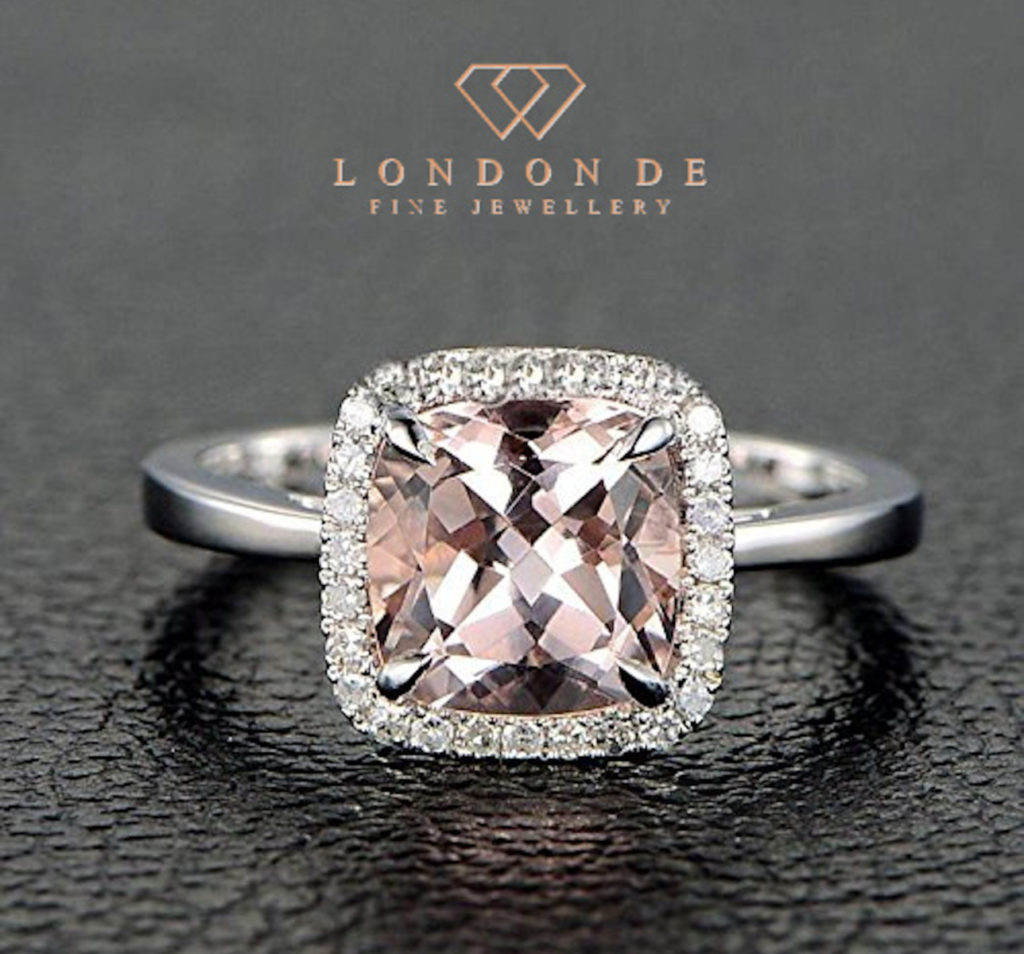
It is also worth considering selecting a stone that relates to your partner’s birthstone. Acrostic jewellery design involves the incorporation of stones that convey a message, such us via the first letter of each stone. For example, you may choose a combination comprising the stones diamond, emerald, amethyst and ruby to spell d-e-a-r. Another point of note is the fact that most coloured gemstones are 20-30% less dense that diamonds, so they often appear to be larger for the same carat size. Some coloured stones closely resemble one another, enabling you to consider much larger carat sizes for the same budget. Examples of these include Morganite, which can appear to be similar to pink diamond, blue zircon, which has a near resemblance to blue diamond, spinel and tourmaline are sometimes seen as substitutes for ruby or sapphire and, finally, tsarvorite, which bears an uncanny resemblance to a fine emerald. When it comes to the practicalities of coloured gemstones, some are more durable than others. On the (1-10) Moh’s scale of gemstone ‘hardness,’ diamond sits at 10 (the hardest), corundum (sapphire and ruby) at 9, spinel at 8 and emerald at around 7.5. In addition to hardness, some stones are less resilient than others to UV light and changes in temperature and humidity.
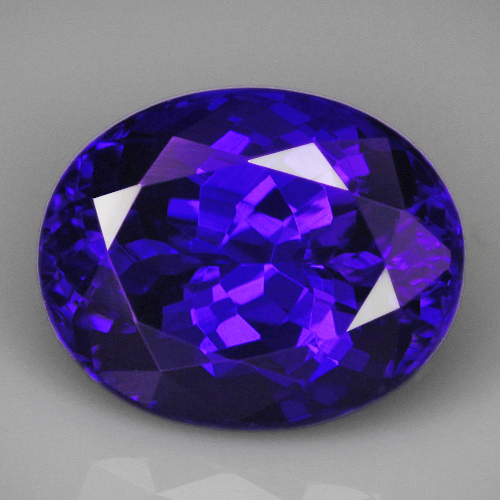
Tanzanite and opal, for example, are particularly susceptible to changes in atmospheric conditions so it is likely that this stone would make a poor choice for a lifelong ring! Many organic gemstones, such as pearl, coral and amber are quite vulnerable to changes in temperature, humidity, UV levels and household cleaning chemicals. It is estimated that over 90% of all coloured gemstones are treated in one way or another in order to improve their colour and/or clarity. These treatments are designed to enhance the beauty of the stone and it is fine to purchase a treated stone, providing it is properly certified and the vendor is open about the type of treatment. There are however some treatments, such as those involving dyes and resins that are to be avoided, as they can seriously degrade over time. Whilst corundum are often heat treated, most emeralds are enhanced with either a synthetic or a natural oil in order to fracture fill any surface reaching fissures. So called ‘no-oil’ emeralds can sell for many times the price of oiled stones but may have an almost identical colour saturation and transparency to a ‘minor’ oil stone. The oil that is applied to emeralds gradually dissipates over time, so it is worth ‘re-oiling’ every 5-10 years to keep them looking their absolute best!
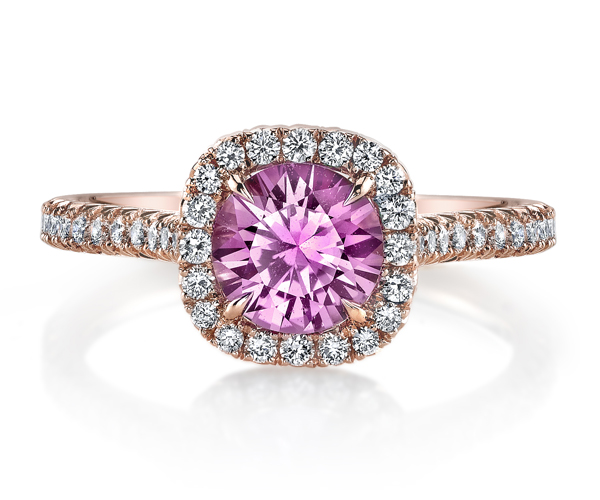
The value of a coloured gemstone is largely determined by its colour. It is important to remember that, unlike diamonds, there is no universal scale for reporting colour and transparency with coloured gemstones. Consequently, what is a pink sapphire to one person may be deemed a ruby to another, and a stone presented as an emerald may be regarded as green beryl. Coloured stones are usually cut with a view to accentuating their colour and clarity to the greatest possible extent. The most valuable coloured stones have a consistency of colour throughout, with minimal ‘zoning’ or small concentrations of colour in different places. Unlike diamonds, where inclusions are regarded as a de-valuing factor, some inclusions within coloured gemstones actually enhance their value. One example is a phenomenon known as chatoyancy, or the ‘cat’s-eye’ effect, in which an asterism (or star) appears in the centre of the stone. With many coloured gemstones the country of origin is very important when determining the price. Examples include Burmese (Myanmar) rubies, Colombian emeralds, and Kashmir sapphires (which have not been actively mined for over 100 years). Historical provenance can also play a pivotal role in the value of a coloured gemstone, depending upon the notoriety of the previous owner.

In 2013 the Empress Joséphine sapphire and diamond engagement ring went under the hammer for over $1 million, whereas it was estimated that the value of the gemstones and precious metal in the ring alone was a mere $20,000. In 2011 the all time gemstone auction record of $150 million was set in the sale of the emerald jewellery collection of the late Elizabeth Taylor, who passed away the previous year. When it comes to the security of centre stones in ring designs, setting is all important. Diamond halos are a good way of protecting a slightly brittle centre stone, such as an emerald, reducing the chances of it being chipped or cleaved (cracked), whilst also making the stone appear larger to the eye and aiding the ‘dance’ of light through refraction. The design of the setting itself can also regulate the amount of light that enters from beneath the centre stone. This is an important balancing act, as a stone that is a little lighter than the idea can be made to appear darker and vice versa with stones that are slightly too far towards the darker end of the spectrum. There are of course many different settings and variations to choose from, but we have outlined three of our most popular bespoke designs below.
Three-stone or ‘trilogy’ ring
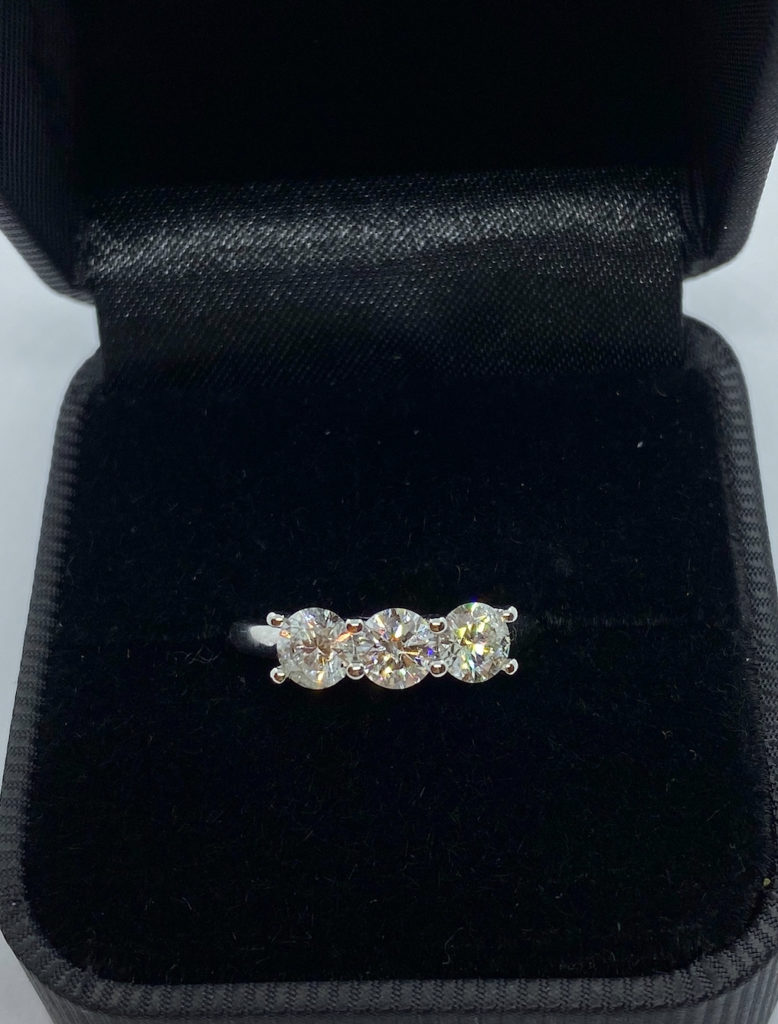
Much can be made of the symbolism of a trilogy ring, often it is said the represent the past, present and future and the endlessness of enduring love! Examples of three stone rings go back at least as far as the 1600s and they were popular throughout the Georgian, Victorian, Edwardian and Art Deco eras, so it is a truly timeless design! Many people choose to add and contrast colour by, for example, setting a ruby, sapphire or emerald as the centre stone and flanking it with a pair of baguette or trapeze cut diamonds.
Halo ring
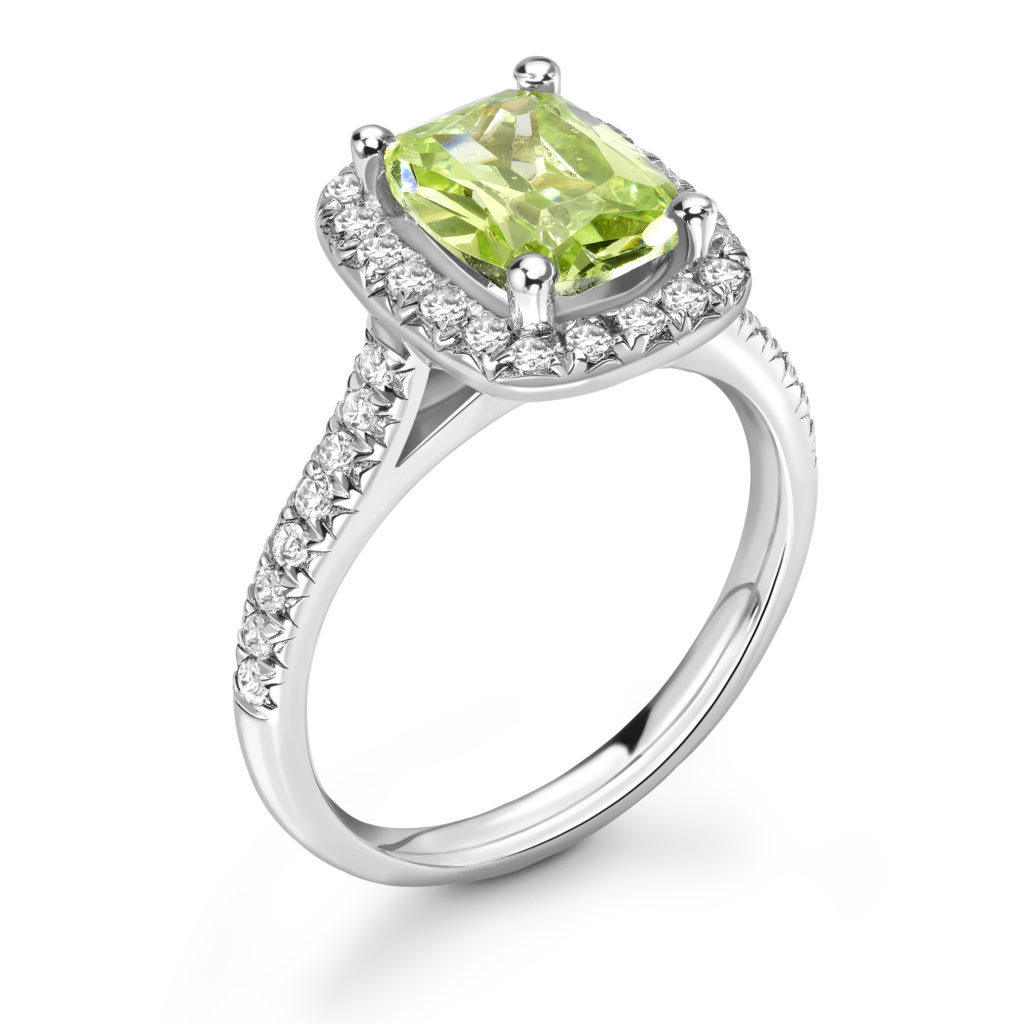
A halo comprises a centre stone, surrounded by a ring of small ‘pointers,’ which are usually diamonds. At a stroke the halo both reflects light into the centre stone, making it appear larger, whilst adding scintillation (or ‘sparkle’) to the overall aesthetic, as well as providing a protective element.
Bypass ring
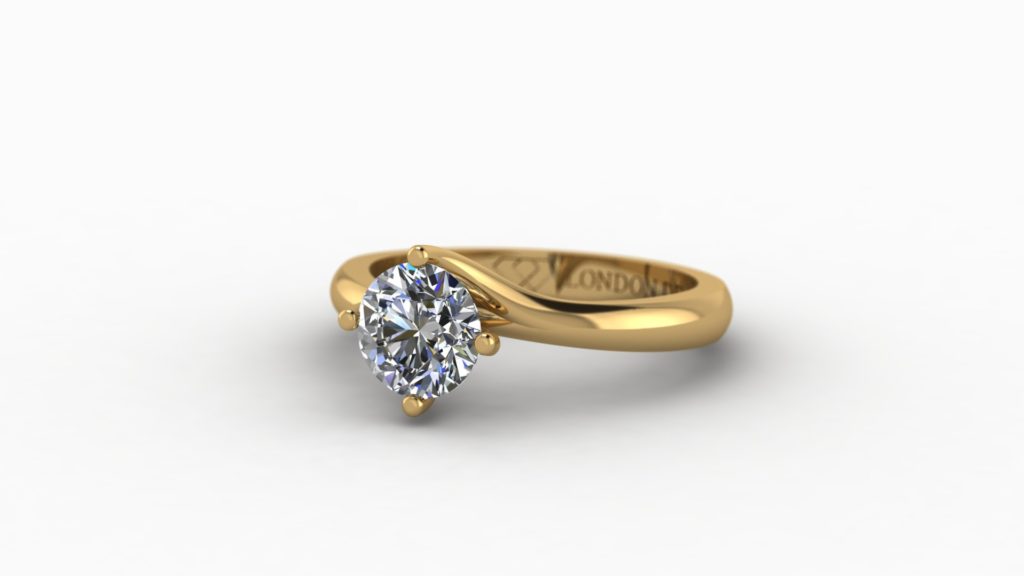
Bypass rings are a little more unusual and provide a splash of colour. With this design the band overlaps, rather than completing a full circle. First popularised in the Victorian era, there is a clear toi et moi sentiment to these rings that resonates down through the ages.
London DE offer a wide range of coloured gemstone engagement rings and bespoke jewellery. Get in touch with them today to arrange a free consultation and to find your perfect bespoke piece.
Visit their blog to explore similar articles.


